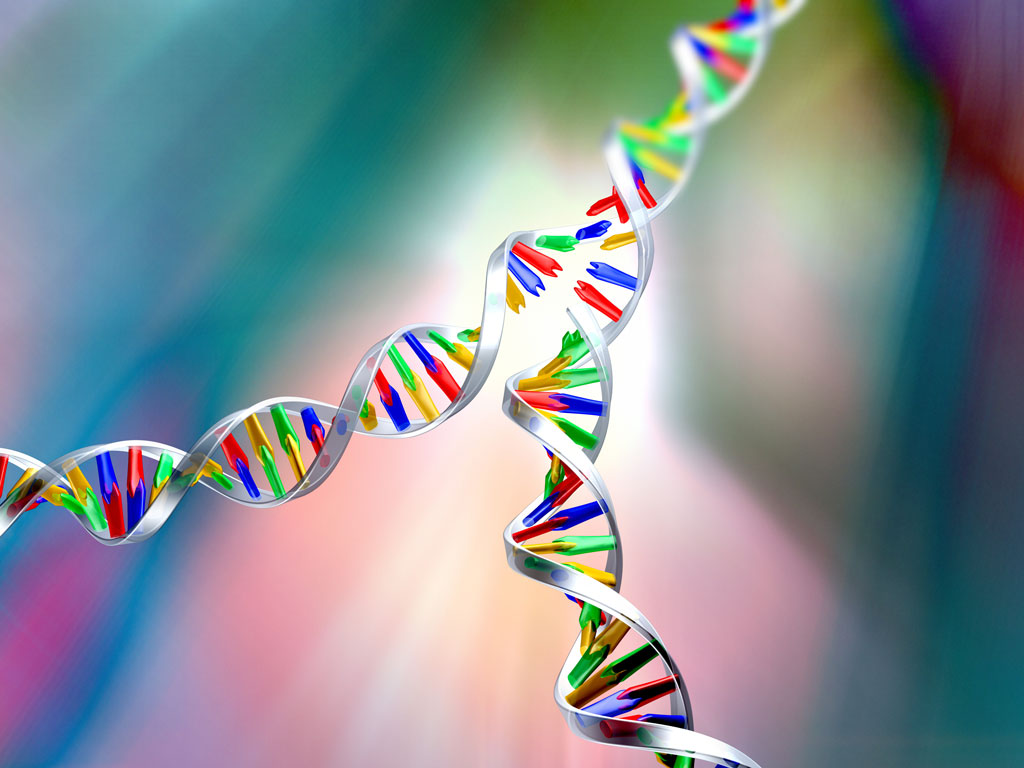DNA stores a staggering amount of information in its structure. This remarkable molecule resembles a twisted ladder, called a double helix. Each rung of the ladder consists of a pair of molecules called a base pair. Each molecule in the base pair has one correctly matching molecule. Humans have about 3 billion base pairs of DNA inside their 46 chromosomes.1 If we could unwind and stretch out the DNA of a single cell, it would measure about one meter, or 3 feet long.2
Become A Defender of Life
Your donation helps us continue to provide world-class research in defense of life.
DONATECharlotte Lozier Institute
Phone: 202-223-8073
Fax: 571-312-0544
2776 S. Arlington Mill Dr.
#803
Arlington, VA 22206
DNA Replication

Every time that a cell divides, it makes a complete copy of its DNA. To replicate the DNA, the rungs of the ladder actually come apart, and each open rung gets a new matching molecule. Cells divide many times before they reach their final destination. For example, an adult human skin cell is the result of 8,000 cell divisions since conception.3 Any mistake in replication could cause a permanent change in the DNA, called a mutation. Therefore, cells have many mechanisms to prevent copying mistakes.4
DNA replication also occurs remarkably fast. To replicate the entire set of genes within a few hours, DNA replicates at 208,000 base-pairs per second.5 DNA gets copied at thousands of sites on the chromosomes simultaneously to proceed with this stunning speed and accuracy.6









